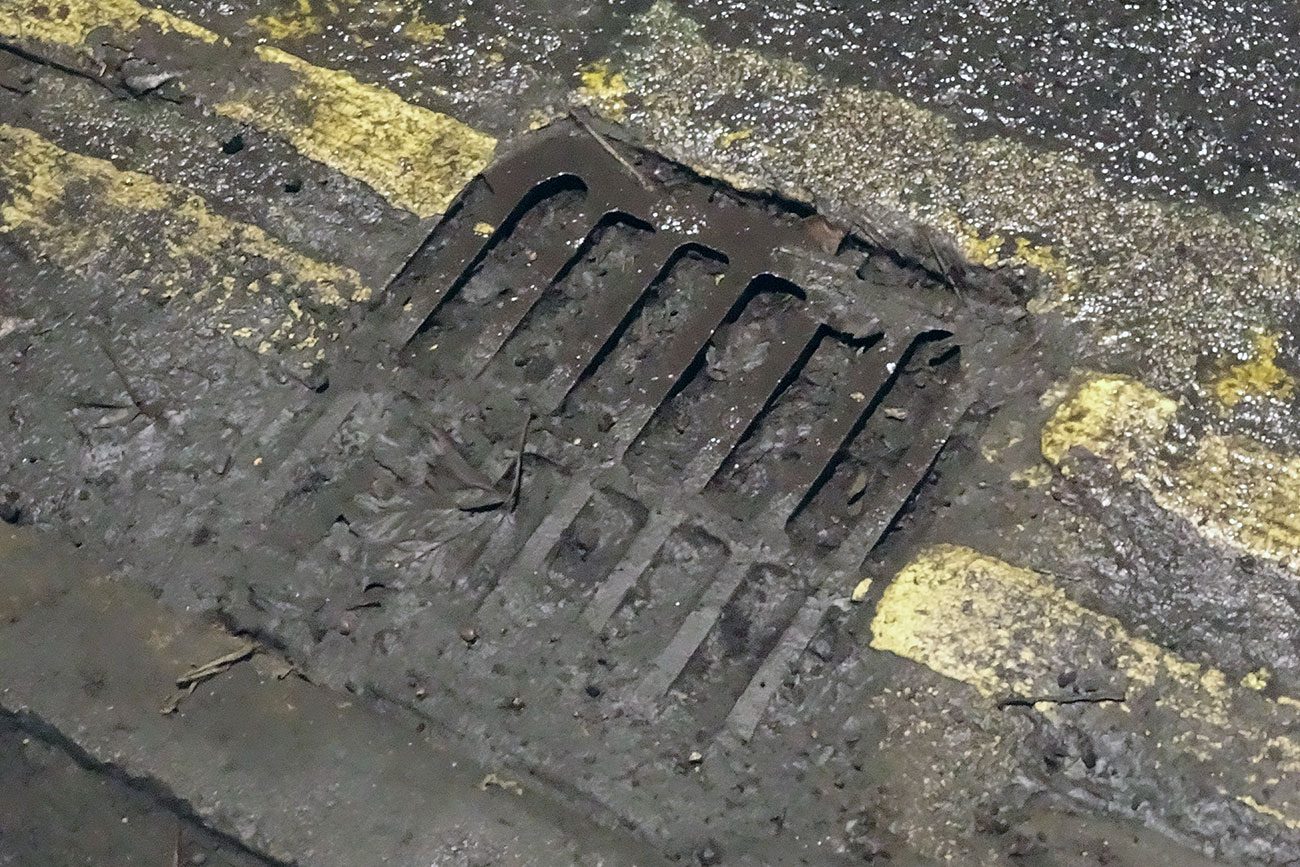More than 900 drains and gullies in York are so badly blocked that they cannot be cleared, increasing the flood risk in some streets.
City of York Council workers are part of the way through a two-year investigation into all 42,690 known gullies in the city, to try to improve the city’s ability to cope with torrential rain.
The council has so far checked 35,334 drains or gullies, of which 53% (18,727) were blocked.
Of those, more than 900 could not be cleared and have been listed as ‘non-runners’, which will need wider engineering works to bring them back into use.
Clogged by litter

Drains have become blocked by tree roots, clogged with litter, leaves or mud, or in some cases, including at Acomb Green, damaged by utility works.
Steve Wragg, the council’s flood risk and asset manager, said many drain lids were also badly designed, making it easier for litter to fall through.
Failure to get to grips with the problem could see York missing out on its full share of a Department for Transport fund from 2018, it emerged on Monday (December 4).
The DfT has an “incentivisation” section to its funding, which will be distributed to councils who can show they are performing well in all areas of highway management.
A York council report in 2012 said decades of neglect and underinvestment had left the city often unable to cope with heavy rain.
Failings have been exposed by heavy downpours in recent years, including in parts of Acomb and Clifton in 2014, Burnholme and Tang Hall in 2016 and Fishergate in August this year.
More money needed

At a meeting at West Offices on Monday evening, Cllr Andrew Waller, the council’s executive member for environment, praised the work done so far but said more money was needed.

Mr Wragg said he did not want to publish the list of the 900 non-runners until they had been ranked by priority, based on the threat each blockage poses to nearby properties.
Cllr Waller called for it to be available in time for the budget process over the next two months.
Mr Wragg said the list of non-runners always outstripped the money available and said: “It increases significantly after every intense storm or surface water flood event.”
In his report to the meeting, Mr Wragg said: “Many of the blocked gullies required significant works to unblock due to many years of built up debris.
“This significantly slowed the rate of cleansing for the crew and has raised questions over the proactive cleansing schedules that we can achieve.”
Bill of £5m

He also said the volume of work needed would also prompt calls for more funding. The council noted previously that bringing York’s entire drainage system up to a decent standard would cost £5 million.
It has admitted that, historically, drain-cleaning was too often reactive rather than proactive, and was based on quantity not quality.
As part of the new work, the council has replaced paper records with a new app-based system, to improve the data it keeps.
Cllr Stephen Fenton spoke at the meeting to raises concerns about an area in the west of Woodthorpe, in his area.
He said a drainage ditch there had become overgrown, and had led to flooding on Boxing Day 2015, at the same time as severe flooding alongside the Ouse and Foss.
